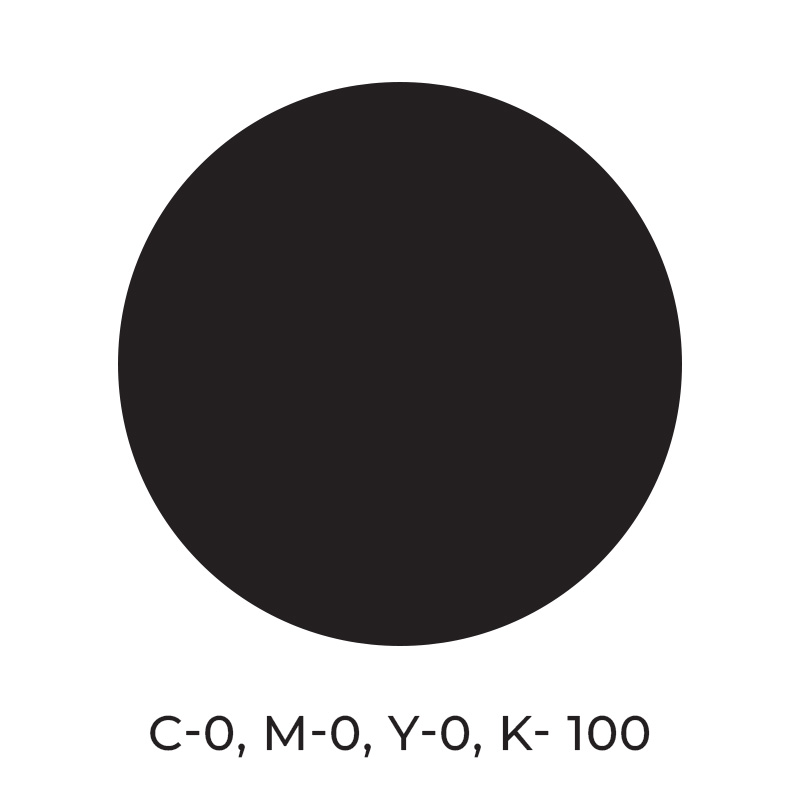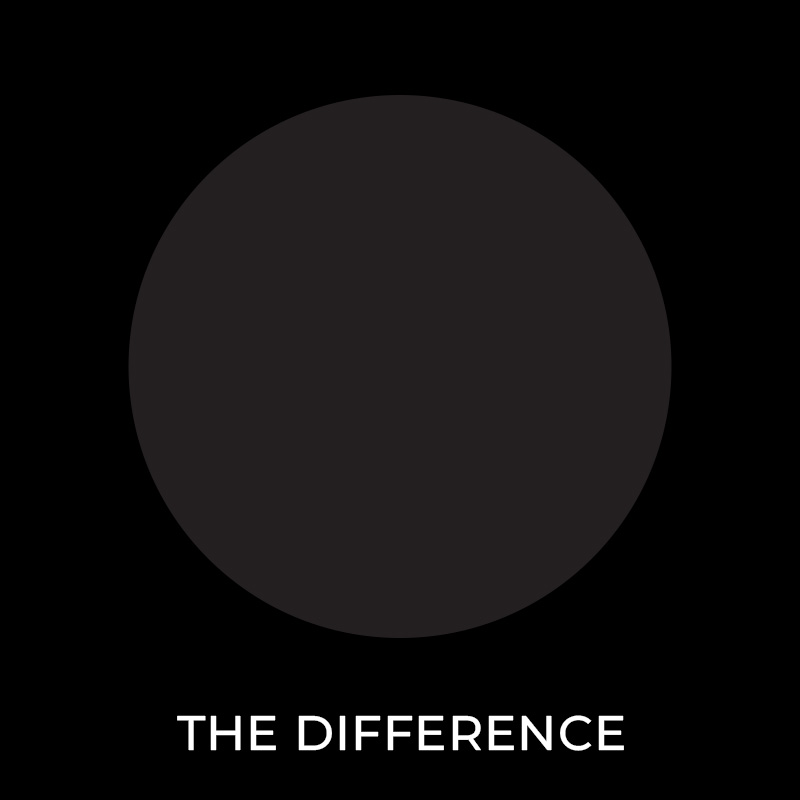Understanding the Color Difference When Printing Black Using CMYK.
When it comes to printing, achieving the perfect black can be more complex than it seems.
Unlike digital screens that use the RGB colour model, we use the CMYK colour model, which stands for Cyan, Magenta, Yellow, and Key (black).
Understanding how these colours work together is crucial for producing the rich, deep blacks that make your prints stand out.
The Basics of CMYK
The CMYK colour model is subtractive, meaning it works by subtracting light from white. Each colour in the model absorbs certain wavelengths of light and reflects others. Here’s a quick breakdown:
Cyan (C) absorbs red light. Magenta (M) absorbs green light. Yellow (Y) absorbs blue light. Key (K), or black, is used to deepen shadows and add detail.
Why Not Just Use 100% Black?
You might think that using 100% black (K) would give you the deepest black, but in reality, it often results in a dark grey.
This is because the black ink alone doesn’t absorb enough light to create a truly rich black. Instead, a combination of all four inks is needed.
Creating Rich Black
To achieve a rich, deep black, you need to mix the right amounts of cyan, magenta, yellow, and black. A common formula for rich black is:
Cyan (c): 75%,Magenta (M): 68%, Yellow (Y): 67%, Black (K): 90%
This combination ensures that the black is not only deep but also consistent across different prints.(c



Consistency in Design
When designing for print, it’s important to use the same black formula throughout your project.
Mixing different blacks can lead to inconsistencies, where some parts of your design appear darker or lighter than others. Stick to one formula to ensure a uniform look.
If you have any questions on this subject...
Give us a call on 0330 380 0172
Give us a call on 0330 380 0172
Warm regards,
Richard McCombe
Managing Director, Graphic Warehouse










































































































































Please login to post a comment.